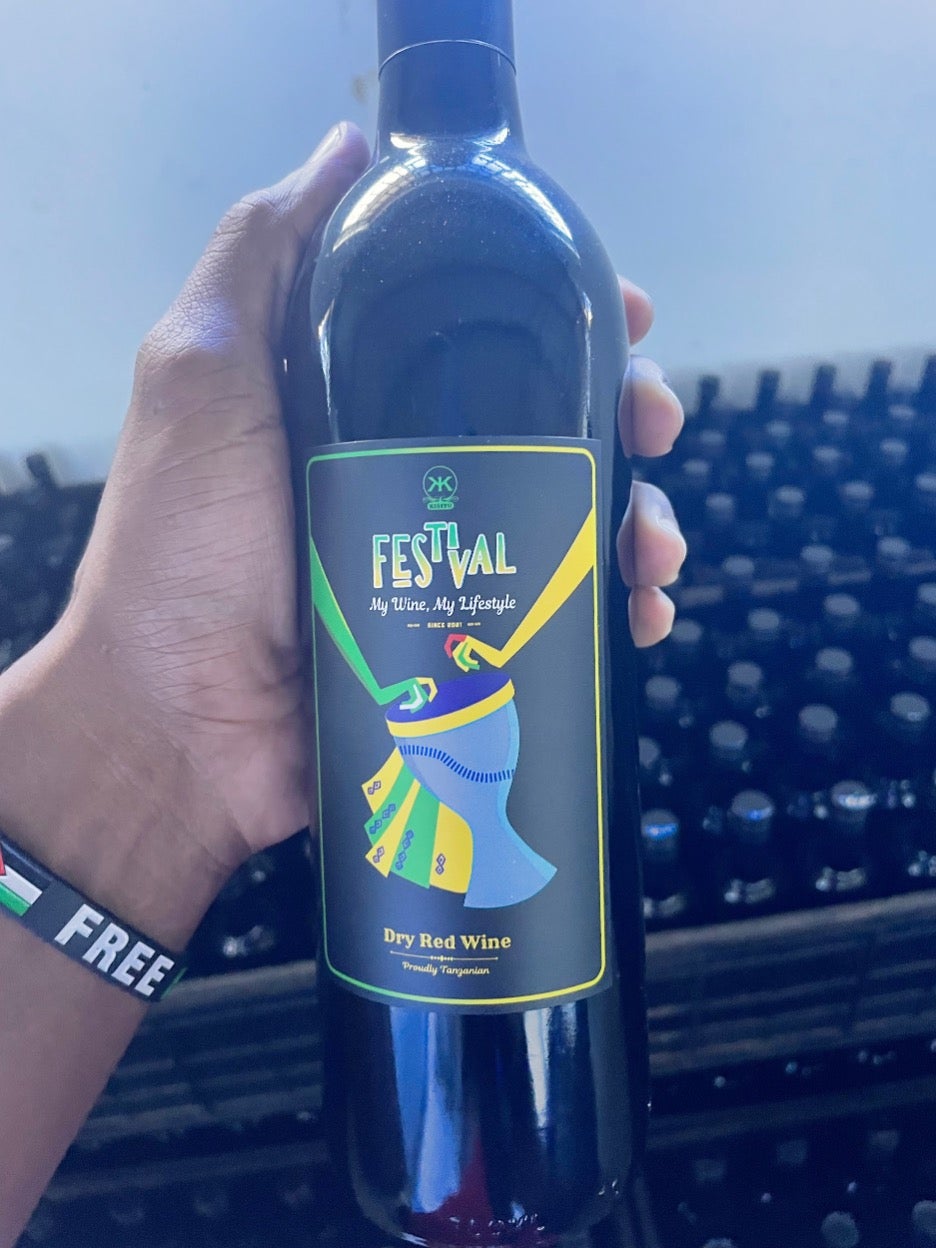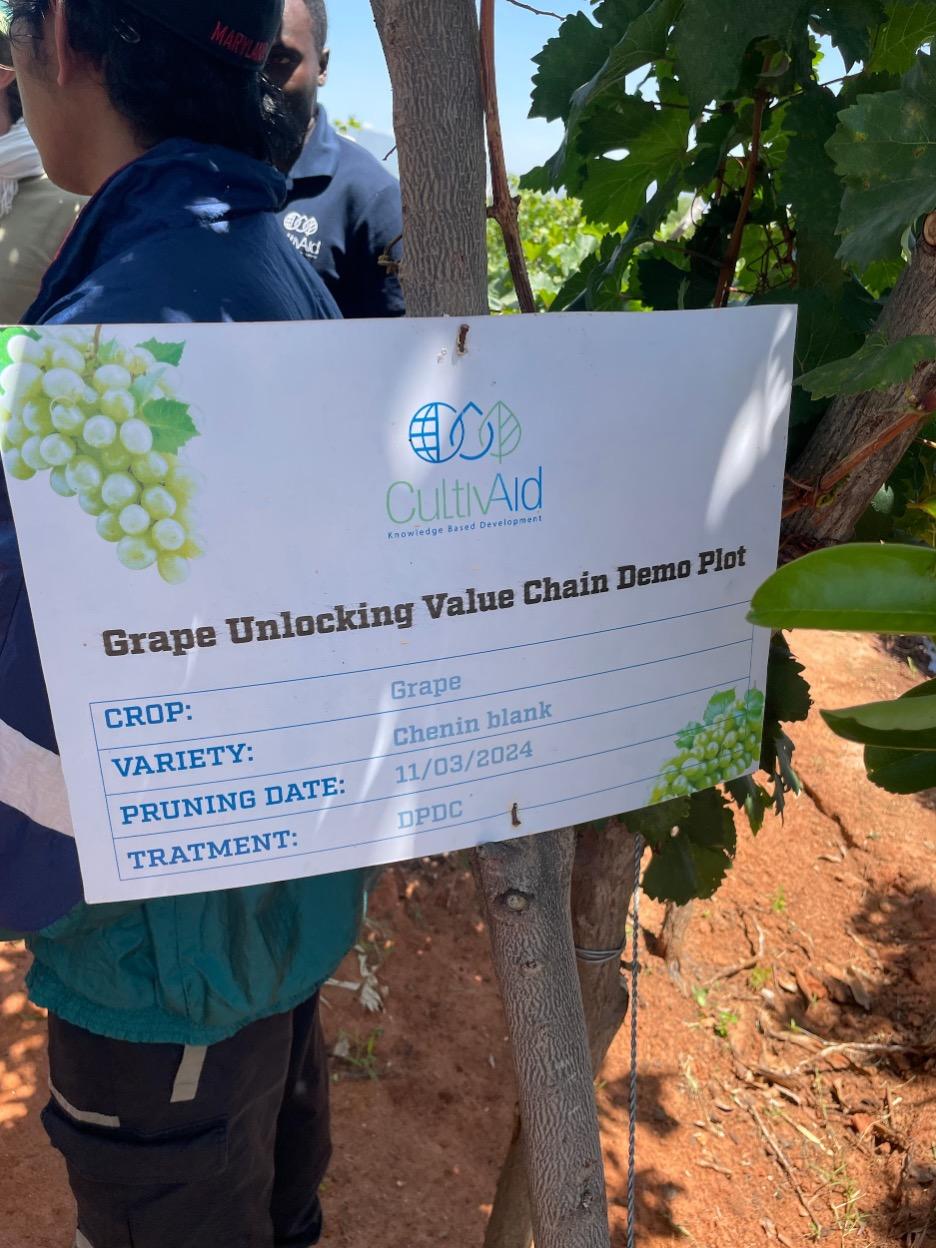TZ Winter Amp Day 4
Day 4: Grape Growing Sites and Winemaking around Dodoma
By Damani Eubanks
Today we continued our tour of the Dodoma area with David and others from Cultivaid. We visited 4 different sites, learning about different grape farm irrigation regimes, ranging from simple rain-fed to more technologically advanced pump irrigation, as well as wine production. Due to its drier climate, the Dodoma region is the only place in Tanzania suitable for grape and wine production.
At the first site, Chisichili, we visited a Cultivaid demo plot using rain fed water. In order to establish demo plots, Cultivaid rents the land from farmers, agreeing to pay an amount equal to the previous year’s harvest, and agrees to give the farmer the harvest from the demo plot. 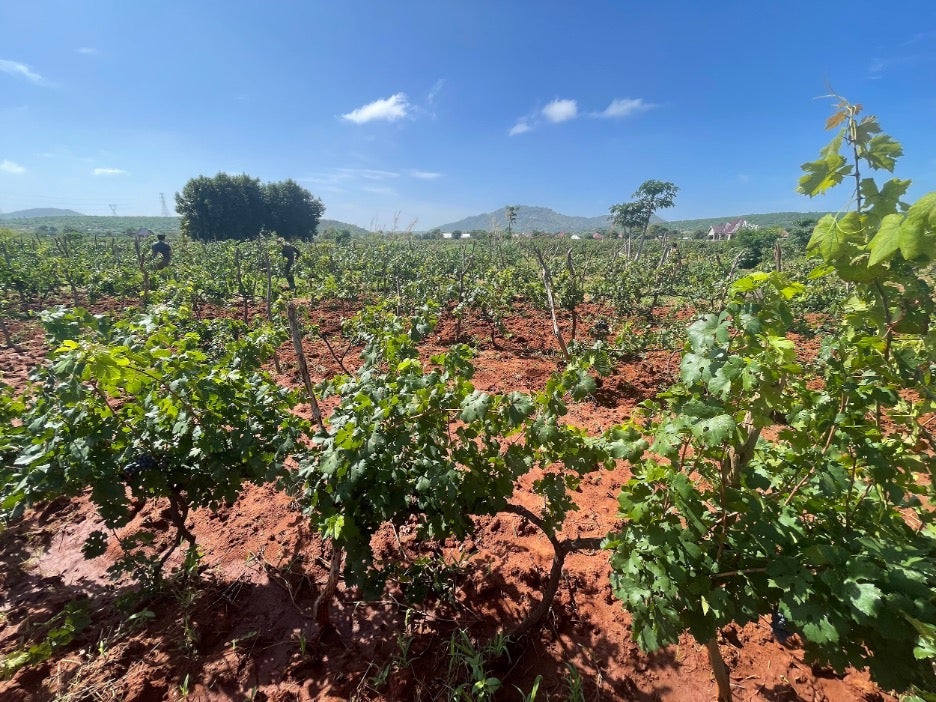
This is done to build trust and report between the farmers and Cultivaid, and to inspire more farmers to participate in the program. At the Chisichili site (right), Cultivaid works on growing experiments and teaching local farmers newer methods. Some of these methods include the selection of proper pesticides for plant pests, pruning methods to increase yields, and improved trellising methods for stronger grape vine growth. In addition to the demo farm, Cultivaid also helps grape farmers establish positive working relationships with wineries, including drafting contracts between farmers and wineries to better guarantee income and production.
The second site we visited was Hombolo (below), which used a dam and canal system to irrigate its grape plots. Irrigation is not common for grape farming in Tanzania, so this method is considered new and innovative for many farmers. The dam and canal system does not use any electricity and instead moves water using only gravity. The system is able to irrigate 600 acres of land this way, which is extremely impressive. The dam and canals also provide fresh water for swimming and fishing for residents in Hombolo.
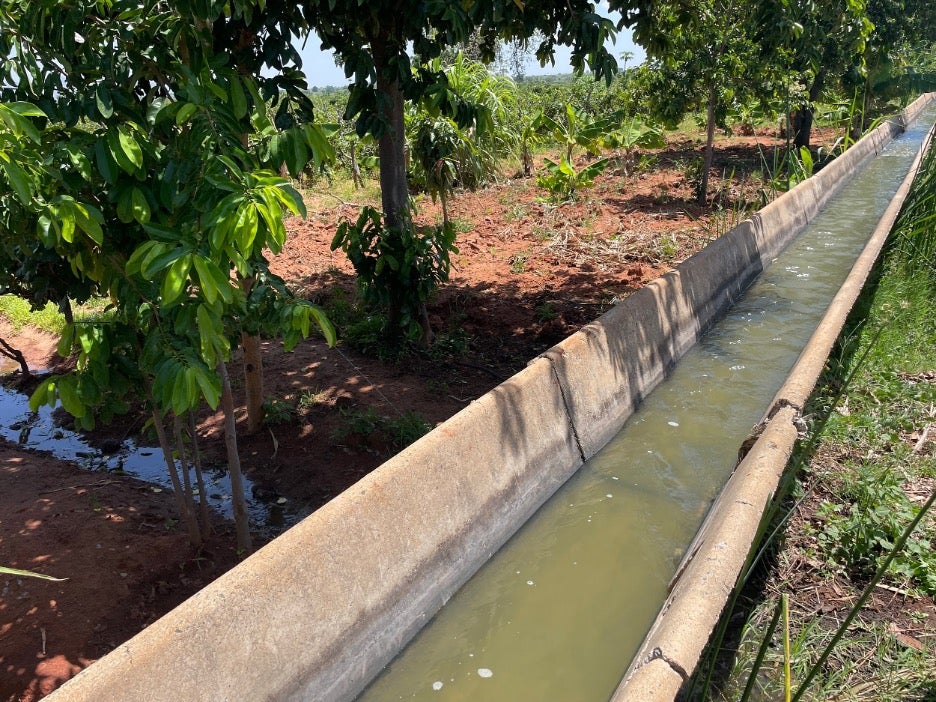 In addition to grapes, banana, papaya and guava are also also grown at this site. Plots at Hombolo and the other sites we visited are managed by a co-op of 80-100 farmers working together to share water, tools, and other resources. This co-op system allows farmers to work together to improve yields and allows Cultivaid to expand its reach to more farmers.
In addition to grapes, banana, papaya and guava are also also grown at this site. Plots at Hombolo and the other sites we visited are managed by a co-op of 80-100 farmers working together to share water, tools, and other resources. This co-op system allows farmers to work together to improve yields and allows Cultivaid to expand its reach to more farmers.
The third site we visited was Chinigali, the most technologically advanced farm we visited. This site covers over 300 acres and was developed by the Tanzanian government 6 years ago, along with local farmers renting land. Due to issues with farm management, the farm was shut down after 2 years, but the government and Cultivaid have worked together to renovate the farm and make it functional. As part of a governmental program named “Building A Better Tomorrow”, the farm now serves as a training ground for young farmers to learn farming techniques. The site is equipped with an advanced irrigation system and brand new tractors and equipment for harvesting and training. The winery is equipped to produce wine once the first grape harvest is ready in 2025. 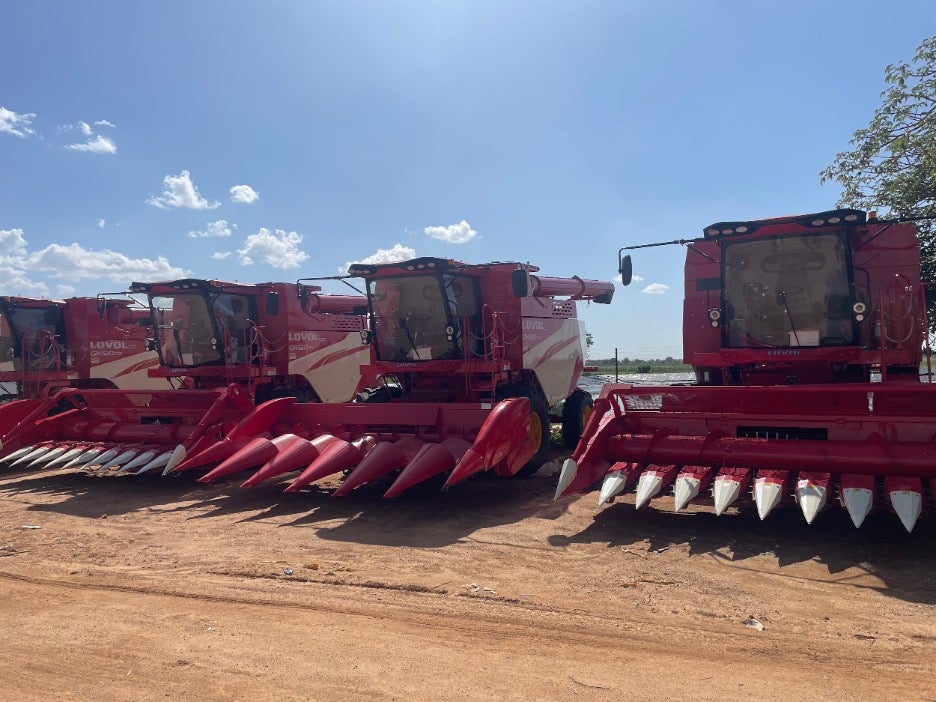
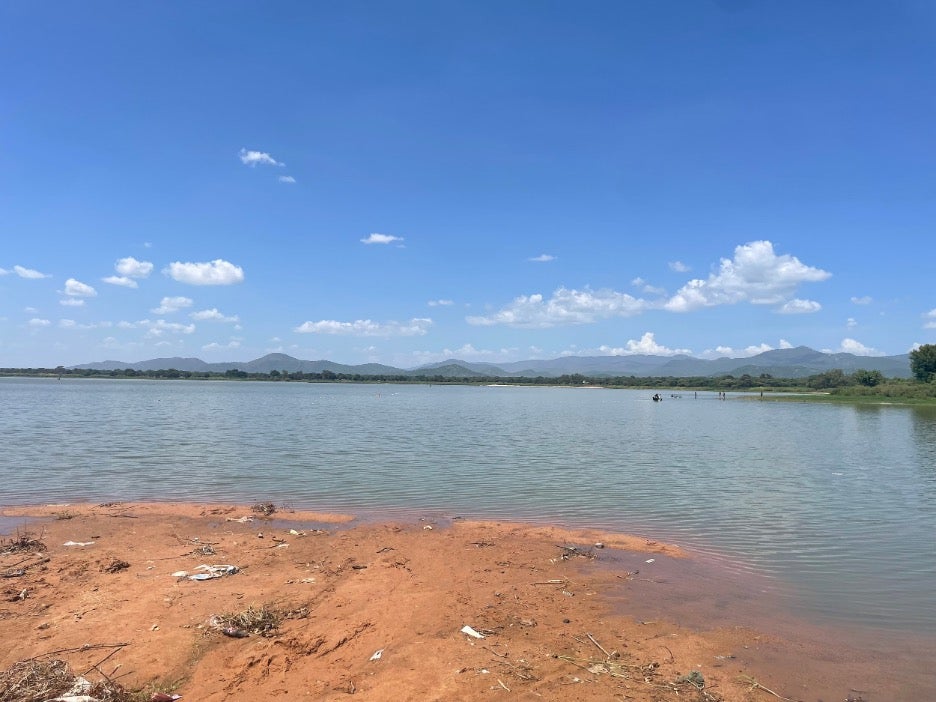
Our final stop was to a winery that was actively processing wine, named Kisitu (below). We met the staff including the lead chemist who explained the wine making process to us. We were able to see the finished product, a new local Tanzanian wine company named Festival, that produces two types of red wine. The entire process from harvest to bottling takes between 6-12 months, with two rounds of fermentation. The final product is delicious sweet red and dry red wines.
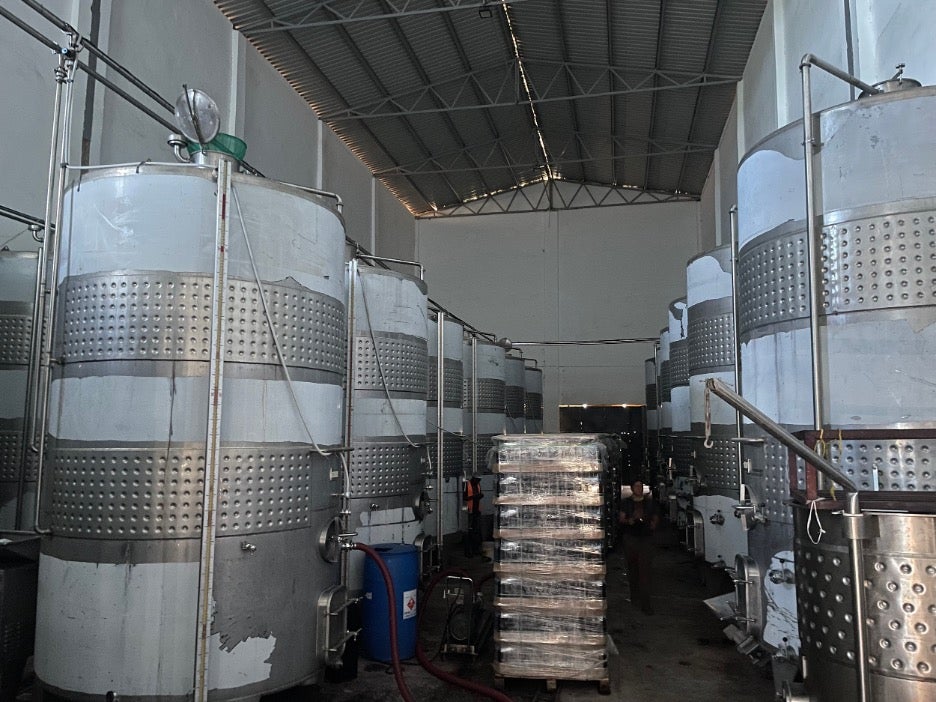
Overall, it was an amazing experience to see grape and wine production first hand, meeting the farmers who work the land, and the workers who process the wine. The work that Cultivaid does to support these farmers and build relationships in the community is so impressive, serving hundreds of farmers across the region and helping them farm thousands of acres of land. I believe all of the Global STEWARDS were very inspired by our tours around Dodoma with Cultivaid, and will be keeping up with and supporting the organization in the future.
